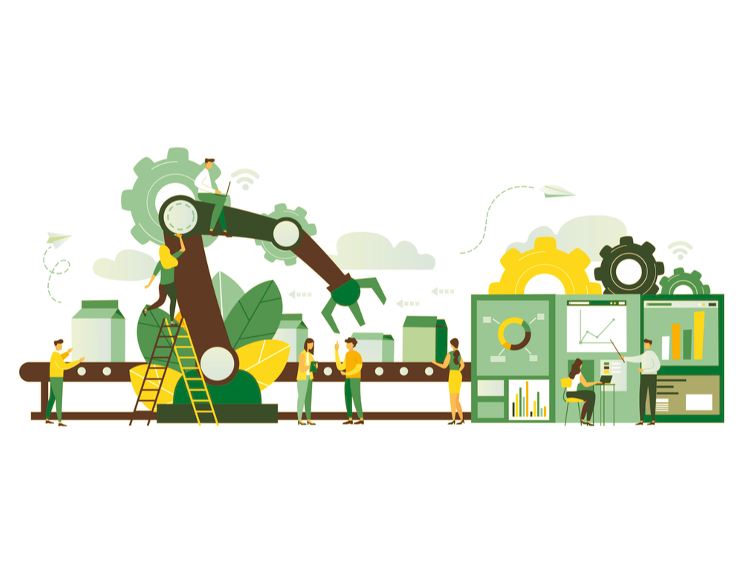In order to deliver new applications and releases faster, companies must integrate continuous testing into their DevOps processes. But the automation of end-to-end functional tests is complex. This post explains which obstacles need to be overcome on the way there.
Most companies today use DevOps processes and agile development methods with usually at least daily builds. Testing, on the other hand, is still largely manual and thus slows down fast software deployment again. Because conventional test cycles usually last weeks and can no longer keep up with the ever shorter release frequencies that digitization entails. But development and DevOps teams need continuous feedback throughout the release cycle to ensure the quality of their work.
Doing this with manual tests is simply impossible – even if you employed an entire army of testers. However, if companies do not continuously check how the latest code changes affect important end-to-end transactions, this is at the expense of the user experience. The result is angry customers and loss of reputation. In order to solve the dilemma, test processes must also become agile and integrate seamlessly into the continuous delivery pipeline. Development towards continuous testing becomes indispensable. Don’t hesitate to visit https://u-tor.com/ for more.
There is still a lot to do
According to Forrester Research, a test automation level of over 80 percent is required to enable continuous testing. But we are still a long way from that. As the current World Quality Report shows, companies have only automated 15 percent of their tests on average. So far, test automation has mainly taken place in the field of unit tests, according to a Tricentis study. Since they check a function or class in isolation, they are relatively easy to implement. End-to-end functional tests are much more complex, which look at end-to-end business transactions across many different components and applications from a user perspective. Automating such tests is difficult. Here are the five biggest challenges that companies face:
Time and resources
Teams often underestimate the effort that sustainable test automation entails. First of all, for example, you have to decide what should be tested and how. It is also important to set up a test framework that supports recyclability and data-driven testing. As the application evolves, the test framework must be continuously synchronized and updated. This is all the more complex the larger the test suite becomes. In addition, there is the challenge of analyzing error messages and filtering out false positives. All these tasks cost time and resources.
Complexity
Business-critical transactions usually go through many different technologies, such as mobile devices, APIs, SAP and mainframes. Test automation must therefore be able to connect all these technologies. Companies must ensure that they have correct, secure and compliance-compliant test data to set up realistic tests and go through complex sequences – every time the test is run. They also need reliable, continuous and cost-effective access to all dependent systems required for the tests, including APIs and third-party applications.
Confidence
Test results form the basis for “Go/No-Go” decisions. Therefore, it is important that they can be trusted. False positives are a big problem here. Testers must examine, detect and filter out such false alarms. Find specialists on https://u-tor.com/services. The larger the test suite, the more complex this becomes, because the higher the number of false positives. However, ignoring them would be fatal, because then developers no longer take real error messages seriously. In the end, they consider every problem that is discovered during testing to be a false alarm.
Focus on stakeholders
Continuous testing is about giving the right feedback to the right stakeholders at the right time. This can mean something different for everyone and cannot be measured in metrics such as the number of tests. During a sprint, for example, it is important for developers to learn when a small change has a significant impact on the user experience. A product owner, on the other hand, wants to know what percentage of the risks are tested before publishing an application.
Company-wide implementation
Most of the time, companies start test automation projects with their most powerful teams. They are most enthusiastic about innovation and make it easier to overcome new challenges. This is a good start, but it must go further. Only if companies introduce comprehensive test automation will they achieve the speed, accuracy and transparency they need for their development processes.




